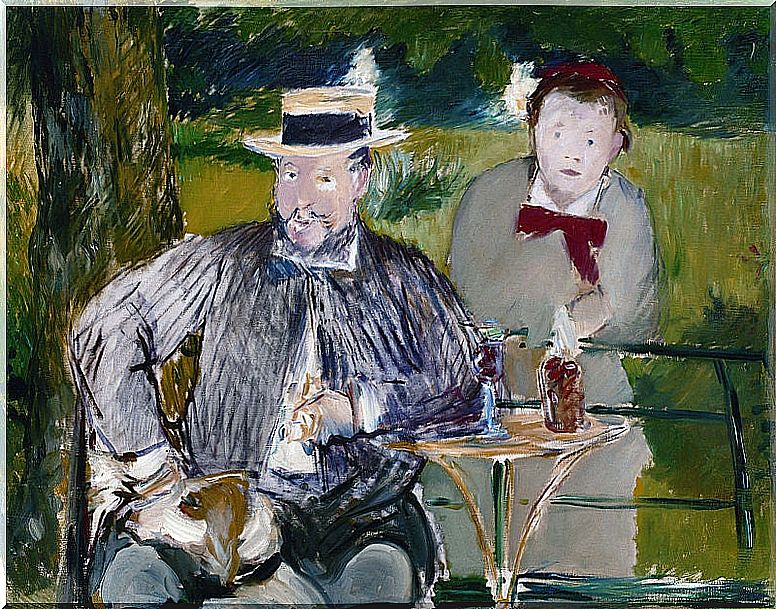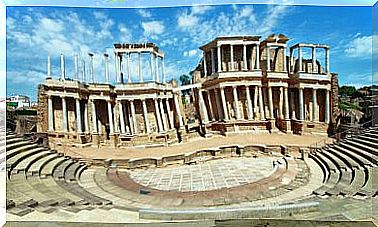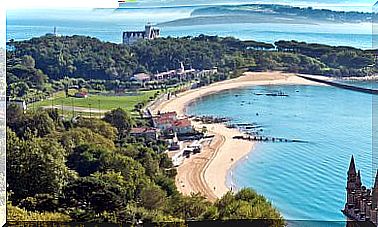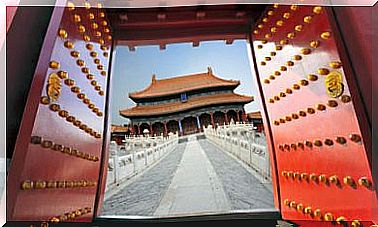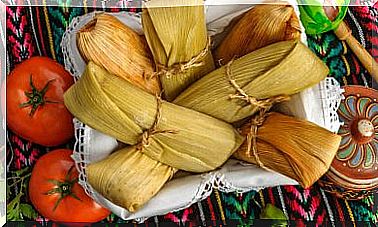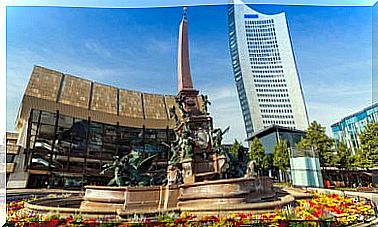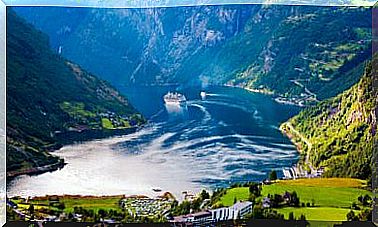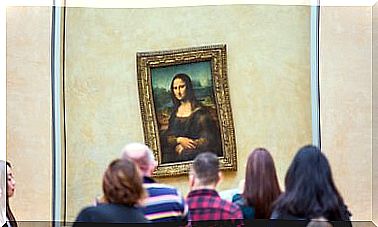Camille Pissarro, One Of The Fathers Of Impressionism
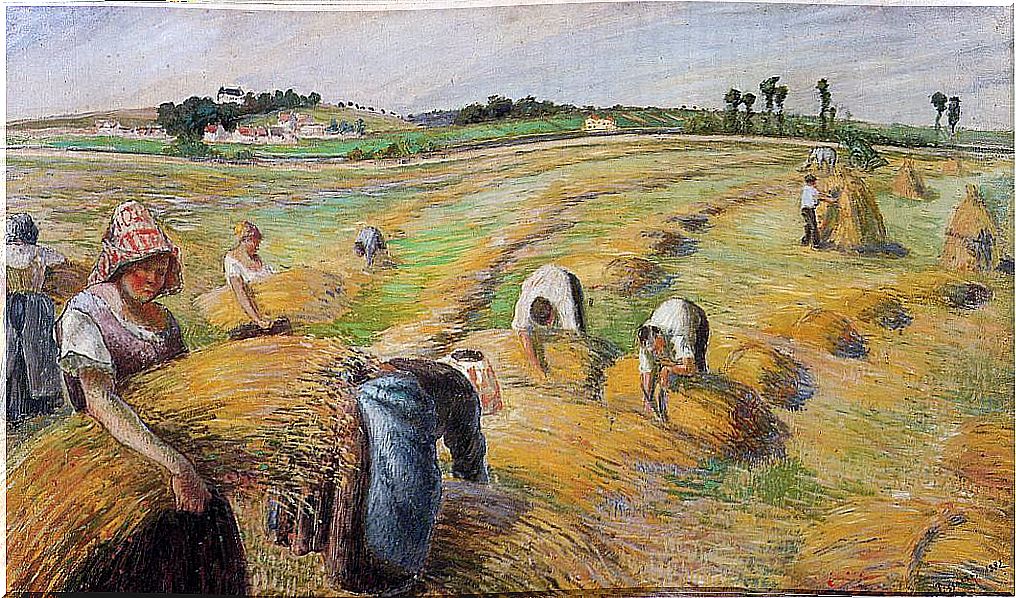
He was the only painter whose works were exhibited in each and every one of the 8 Impressionist exhibitions that took place between 1874 and 1886. Camille Pissarro became a key artist as well as a mentor within the Impressionist movement. We explain the key points to understand both the work and the life of one of the fathers of Impressionism.
A little biography
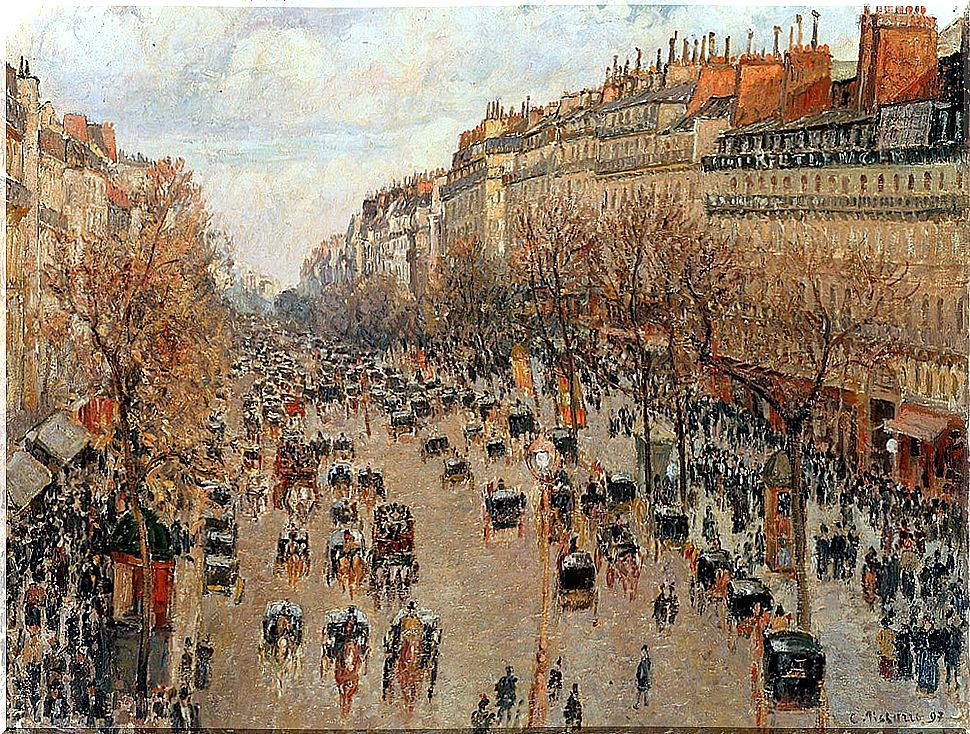
Jacob-Abraham-Camille Pissarro was born on July 10, 1830 on the island of Santo Tomás. It is a Caribbean island that was colonized by the Danes, but is currently part of the United States Virgin Islands.
His father was a French citizen of Judeo-Portuguese descent who traveled to the island to formalize his uncle’s inheritance and ended up marrying his uncle’s widow. The marriage was highly controversial and the Jewish community in the area refused to acknowledge it. As a result, the Pissarro children grew up a bit outcast.
At the age of 12, his parents sent Pissarro to a French boarding school. During his stay in France he fell in love with the French art masters. When he finished his studies, he returned to Santo Tomás and became involved in the family’s mercantile business. However, he never stopped drawing and painting in his spare time.
Camille Pissarro: the beginning of her career and influences
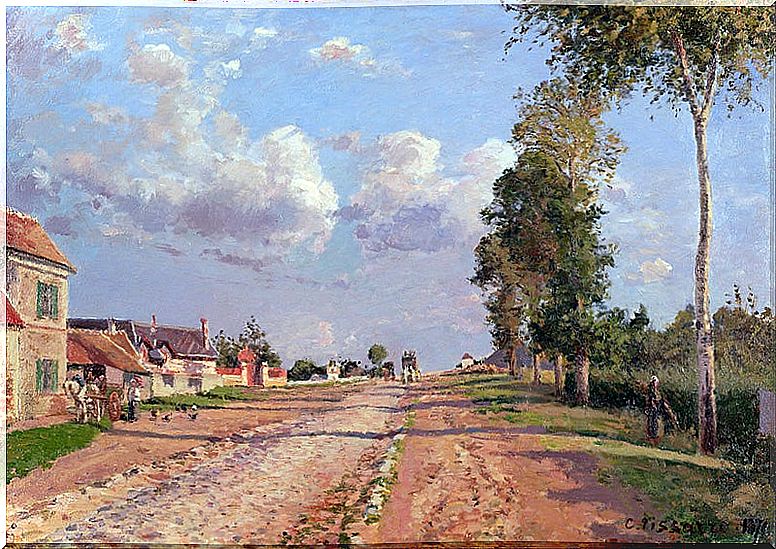
It was not until 1849 that Pissarro met Danish artist Fritz Melbye, who encouraged him to delve into his art. In 1852, they both left Santo Tomás and moved to Venezuela, where they worked for a few years.
Later, in 1855, Pissarro returned to Paris and studied at the École des Beaux-Arts. He worked with Camille Corot and Gustave Courbet. There he honed his skills and experimented with various techniques.
Later, Pissarro became part of a group of young artists, including Claude Monet and Paul Cézanne. They all shared concerns and interests. Likewise, his works were not accepted by art establishments, since they did not correspond to the traditional style of official exhibitions.
After Pissarro’s death, Cézanne himself identified himself as “Paul Cézanne, a student of Pissarro.” For this reason, we conclude that the artistic exchange and the influence of Pissarro was enormously important for French modernist painting.
It should be added that, although Pissarro owned a studio in Paris, he spent most of his time outside. Like many of his contemporaries, he preferred to work outdoors, capturing nature and rural life.
A master in the study of the effect of light and color

Pissarro’s best works combine a fascination for the rural with the empirical study of nature under different light conditions, derived from the study of French realism. Like his Impressionist colleagues, Pissarro’s paintings are delicate studies of the effect of light and color in nature.
However, this painter was constantly pursuing new techniques. Thus, he also approached much younger and progressive artists. In fact, his articulation of color theory in his later works greatly influenced the next generation of painters.
Important works by Camille Pissarro
Two women talking by the sea (1856)
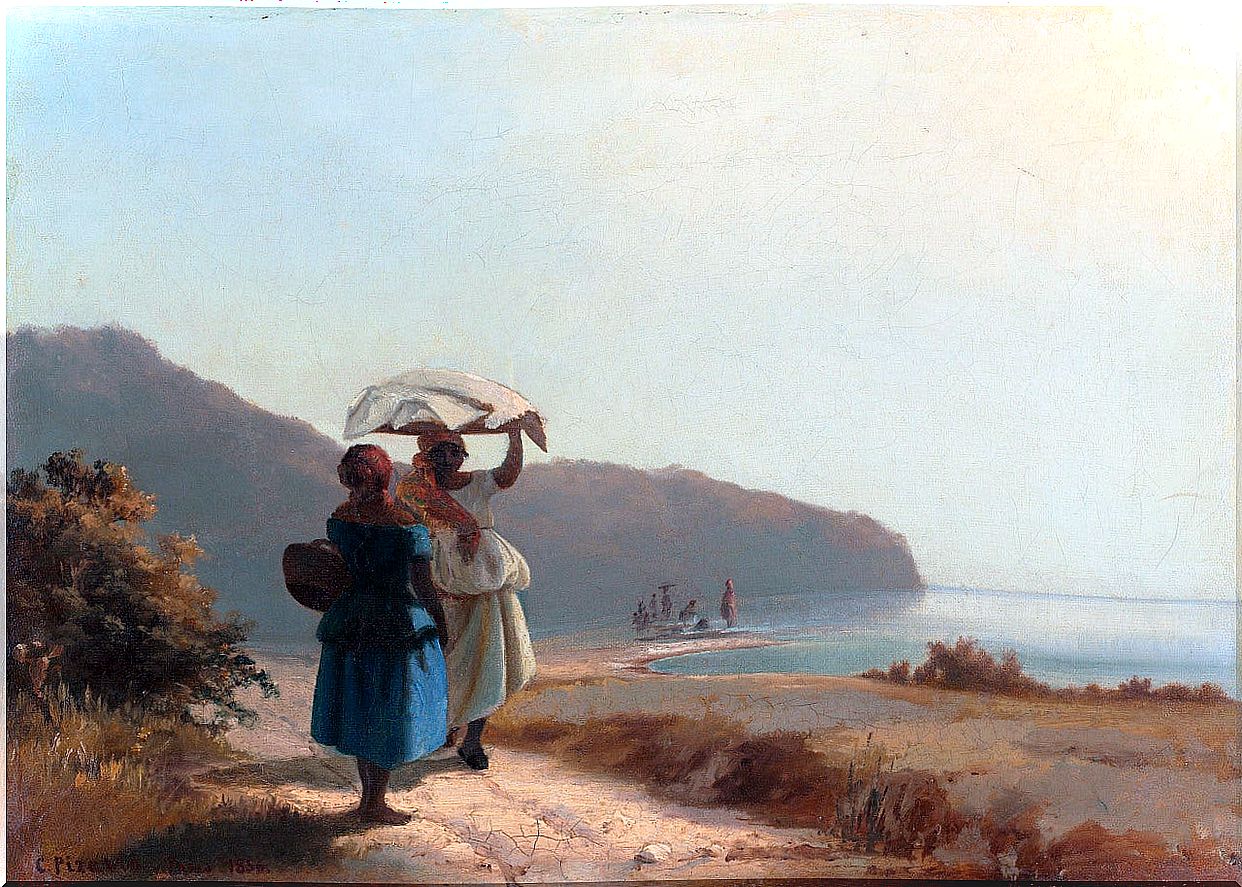
It shows two women walking along a path on the island of Santo Tomás, where he was born. In this work, Pissarro’s ability to combine the local color of the Caribbean with the soft color palette of the Barbizon school, a French group of painters, is demonstrated.
Jalais Hill, Pointoise (1867)
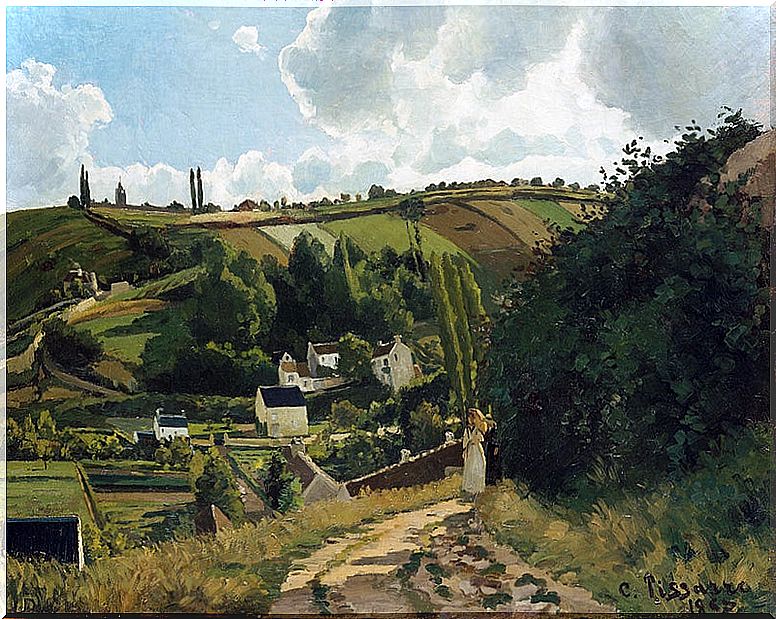
This work shows Pissarro’s house, located northwest of Paris. Important personalities such as Cézane and Gauguin, among others, passed through it.
Self-portrait (1873)
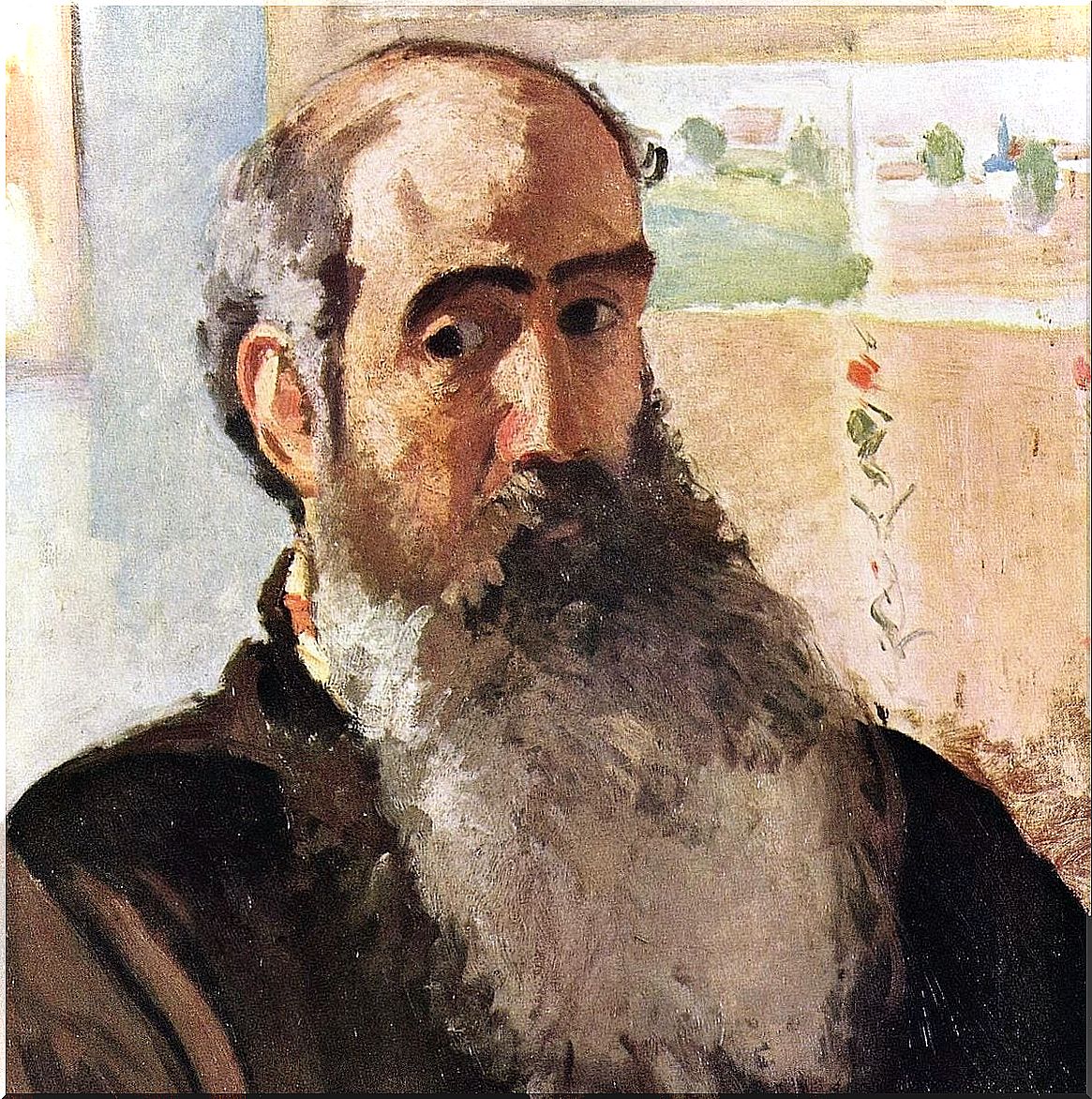
For all her contemporaries, Camille Pissarro was a collaborator and a mentor. In addition, he used to welcome younger artists to study and paint with him. Similarly, he was the father of eight children and a family man.
He was known as “Pere Pissarro”. For this reason, the painter represents himself as a fatherly and wise figure, with the beard and eyes of a wise old man, despite being only 43 years old at that time.
Frost, Ennery’s Old Road, Pointoise (1867)
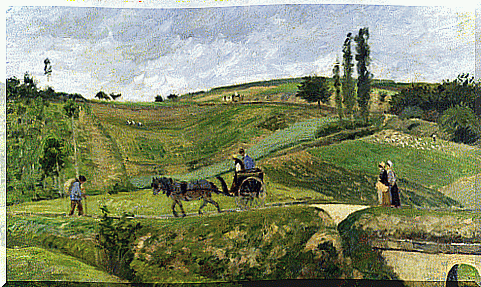
This is undoubtedly one of Pissarro’s masterpieces. It is one of the five works that he exhibited at the first Impressionist exhibition in 1874.
As we have seen, Pissarro’s influence was crucial to various French and European art movements. Furthermore, the artistic exchange that took place between contemporaries greatly enriched the art of the time.
